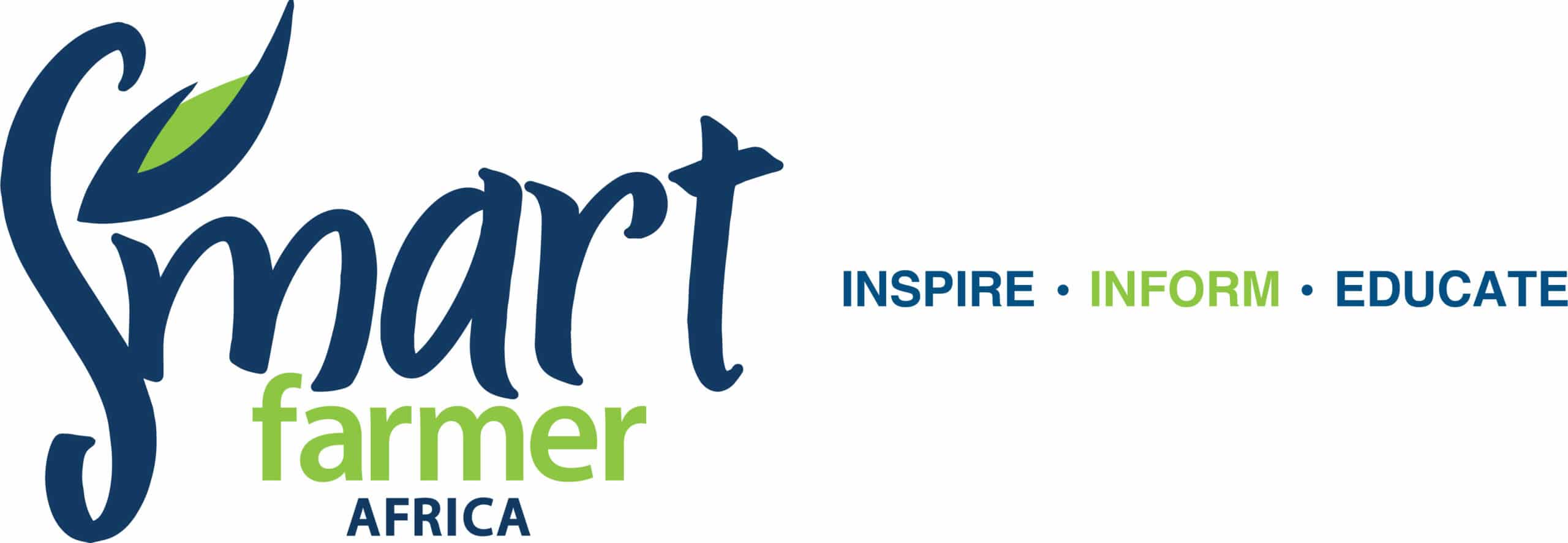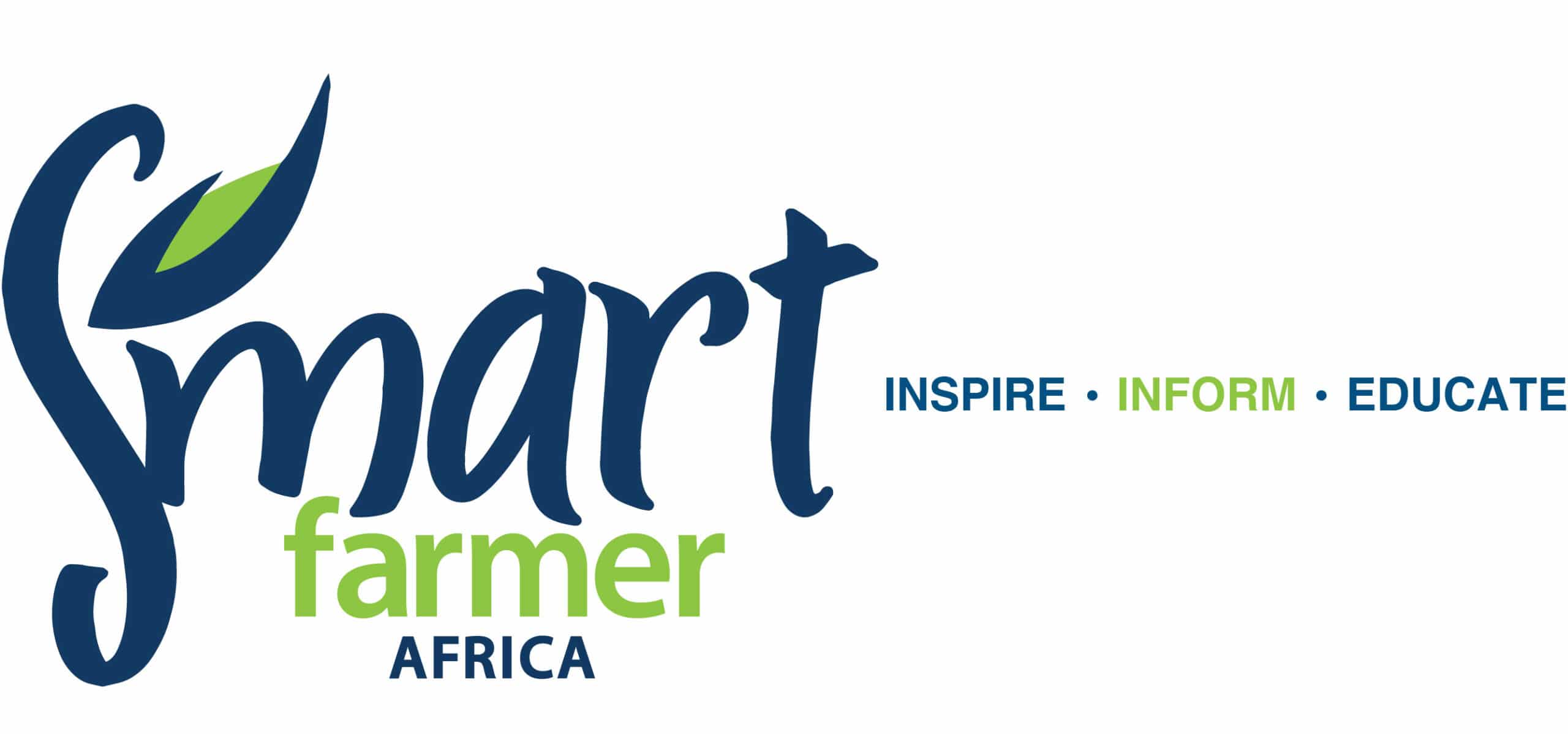Enhancing energy metabolism in poultry diets
By John Owaga
One of the objectives of any poultry producer is to feed his or her chickens with a balanced diet, at the least cost and generate products (eggs, meat) that will attract premium prices to maximise on profit.
For many decades, commercial feed manufacturers and farmers have been facing the challenge of effectively reducing the cost of feed without compromising the bird’s productivity. Feeding constitutes the highest variable cost in poultry production, accounting for at least 70% of total production cost.
Scarcity and high costs of energy feed ingredients
Energy is the most expensive nutrient when formulating poultry diets. Energy feed ingredients are continuously becoming scarce and expensive for use in poultry production, due to stiff competition for available energy sources for human food.
Cereal grains produce 60-70% of dietary energy for poultry. The continuous increase in the cost of feed ingredients (like maize and wheat) has forced feed manufacturers and farmers to use more by-products of grain milling in their rations and these by-products have got high variability in their nutrient composition and are low in energy density, compared to the whole grain. This has often resulted in poor fed intake, weight gain, FCR and general low production of the bird.
Modern chickens consume less feed per unit of body weight gain and reach their target weight in fewer days due to genetic improvements, compared to birds used in previous years. As a result, the level of nutrients have to be adjusted. The high cost of supplemental energy necessitates the optimisation metabolisable energy (ME) in the diets, especially during the finisher period where the feed consumption is greatest. The dietary ME level is a major factor that plays an important role in regulating feed intake and feed efficiency in poultry.
Creatine and muscle growth
Fast-growing animals, such as broilers, pigs and layers, require a substantial amount of energy for the growth of muscle tissue and production. The universal source of energy in the cells of all animals is adenosine triphosphate (ATP). The amount of ATP in cells is strictly regulated and is available for a very short period of time characterised by a high need in energy.
Creatine plays a key role in the energy balance in muscle cells. The system “creatine phosphate/creatine” acts as a buffer, guaranteeing the permanent availability of ATP molecules. Creatine phosphate is a dynamic storage of energy-rich phosphate and ensures a stable supply of ATP/ADP in the cell. Animals can partly replace the losses of creatine by de-novo synthesis, but the major part of it has to be delivered via feed. Animals with high performance need creatine to support muscle growth.
Evonik industries has over the years developed a feed additive called GuanAMINO® which contains guanidinoacetic acid (GAA) that is the precursor of creatine that plays a key role in energy metabolism.

GuanAMINO is the innovative form of guanidinoacetic acid (GAA), an amino acid derivate and natural precursor of creatine. Creatine, known in the form of creatine monohydrate in athletes’ nutrition, is playing a vital role in energy metabolism, particularly of muscle cells. Formed mainly in the kidney from the amino acid glycine and arginine, GAA is transported to the liver, where most of it is transformed into creatine. The body can replace creatine losses to a certain extent through de-novo synthesis, nevertheless the remainder must be supplied by the diet.
In high-yielding animals such as meat type broilers and laying birds the inevitable creatine loss may be a performance limiting factor, especially in the absence of raw materials such as fish meal, which contain creatine. Adding GuanAMINO to poultry diets has proved effective in improving energy utilisation and FCR. It is also beneficial in diets low in arginine because the synthesis de-novo creatine utilizes arginine and so this additive promotes growth due to sparing effect of arginine.
Arginine is required in high concentration by poultry because they lack the ability to synthesize this amino acid in vivo. With high prices for oilseed meals, lower protein diets have become more common in the years ahead. Low protein diets are marginal if not deficient in arginine. Arginine is the rate-limiting factor for GAA (and creatine) biosynthesis. Because GAA is the direct precursor of creatine, GAA should also be capable of sparing arginine.
GuanAMINO is added to the feed over the entire growth period at 600 to 1,200 g/ton of feed. The recommended dosage per species is as follows
| Recommended Dosage Levels | |||||||
| Species | Layers | Broiler Grower | Broiler Breeder | Turkey Grower | Sows | Post weaned Piglets | Growing finishing Pigs |
| g/ton of Feed | 600 | 600 | 1000 | 800 | 1000 | 1200 | 1200 |
GuanAMINO provides a good return on investment when formulated inside the feed and this comes from its energy and Arginine sparing effect. Nutritionist are advised to create GuanAMINO as an ingredient with the matrix shown on the table below then offer GuanAMINO at its market price and put a limit on the ingredient maximum side as per the dosage given on the table above then runs the least cost formulation software. The software will pick GuanAMINO by itself. This way, the nutritionist is able to optimize the formulation better without exceeding the recommended dosage level and this formulars will always be cheaper than one formulated by adding GanAMINO on top and will perfume better than one formulated with our supplementing GAA.
| GuanAMINO Matrix | |
| Nutrients | Matrix Values |
| Guanidinoacetic acid (GAA) | 96% |
| Digestibility | 100% |
| Crude Protein | 221% |
| Arginine | >77% |
| Arginine Digestibility | 100% |
| AMEn Poultry | >347 |
Proven benefits of using GuanoAMINO Supplementation include:
- Reduced cost of feed resulting from energy and arginine sparing mainly in layer and broiler feed,
- Reduce FCR up to 9.3 units,
- Improved final body weight by up to 125g and average daily gain by 3.4g.
- Improve hatchability and fertility of eggs in breeder birds as well as enhance performance of their progenies.
- Optimized breeder reproductive traits as well as feed conversion of their progenies resulting into increased number of marketable day-old chicks
- Higher number of piglets/sows per year
- Reduced number of stillborn piglets
- Improved livability and preweaning mortality
- Higher weaning weights
- Increased post weaning performance
- Increased carcass yield (lean meat)
GuanAMINO can be put in compounded feeds and in premixes and is quite stable in most processing and environmental conditions.
The Evonik team in East Africa will be more than willing to discuss more on this and other nutrition topics and also offer you technical support in feed formulation, ingredient and finished products analysis as well as supply of GuanAMINO, probiotics, Amino acids and gut health products.
Feel free to contact me John Owaga +254725321421 or email me on john.owaga@evonik.com for any clarification on this topic or other nutrition related topics.


